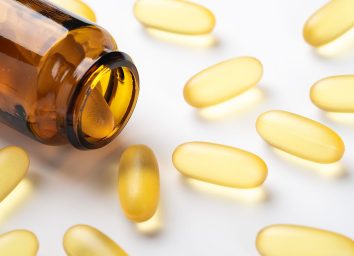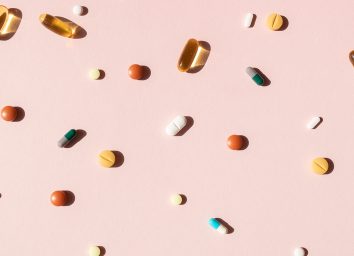The Verdict on Getting Enough Vitamin D Through Food
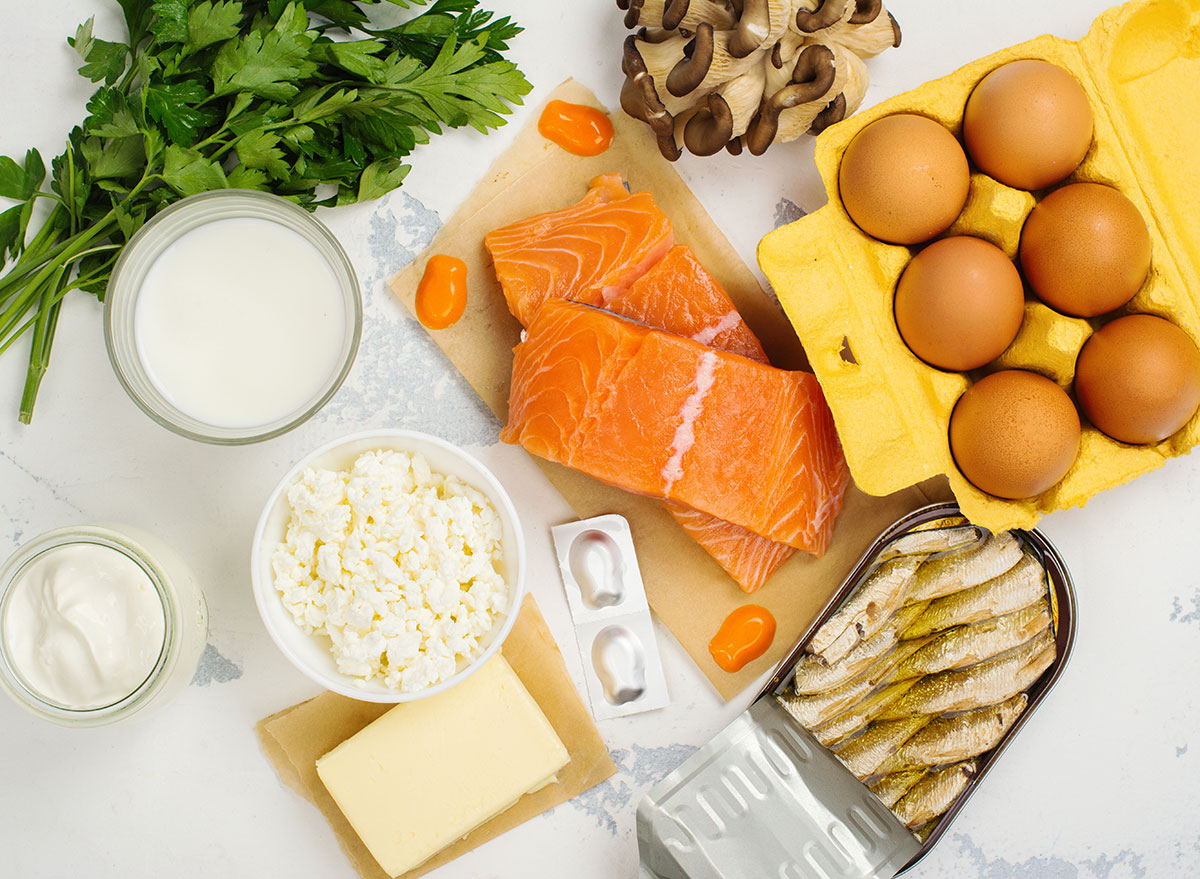
Vitamin D is a crucial nutrient for healthy bones, muscles, and teeth, especially because it helps your body absorb calcium. The problem is that many of us don't get enough of it. In fact, some estimates say 41.6% of the American population gets insufficient levels of vitamin D.
This widespread vitamin D deficiency exists because the primary source of vitamin D is what our bodies produce when our skin is exposed to sunlight. In fact, vitamin D is the only nutrient your body produces that is activated by the sun, according to Amy Goodson, MS, RD, CSSD, LD, author of The Sports Nutrition Playbook and member of our expert medical board.
With many of us sitting all day, we don't get out in the sun much. (Read more: What Happens To Your Body When You Sit All Day.)
"Since a lot of us don't get enough sunshine on a regular basis, a large portion of the population is deficient in vitamin D," says Goodson. "The goal is to spend 15-20 minutes in the sun, with a good amount of your skin exposed, during the strongest sun hours of the day (typically 11 am to 2 pm)," she adds.
Because the reality is that most of us don't get as much vitamin D from the sun as we need—which is 20 micrograms (mcg) or 800 international units (IU)—Goodson says it is recommended that we get about 20 mcg of vitamin D per day from our food.
If you know it's harder for you to get out in the sun enough to produce sufficient levels of vitamin D, you may be wondering, "can you get enough D vitamins through the food we eat alone?"
According to Goodson, it is possible to get enough vitamin D through food, but it becomes really difficult for those who are plant-based or for those who don't eat fish.
How to get vitamin D from food
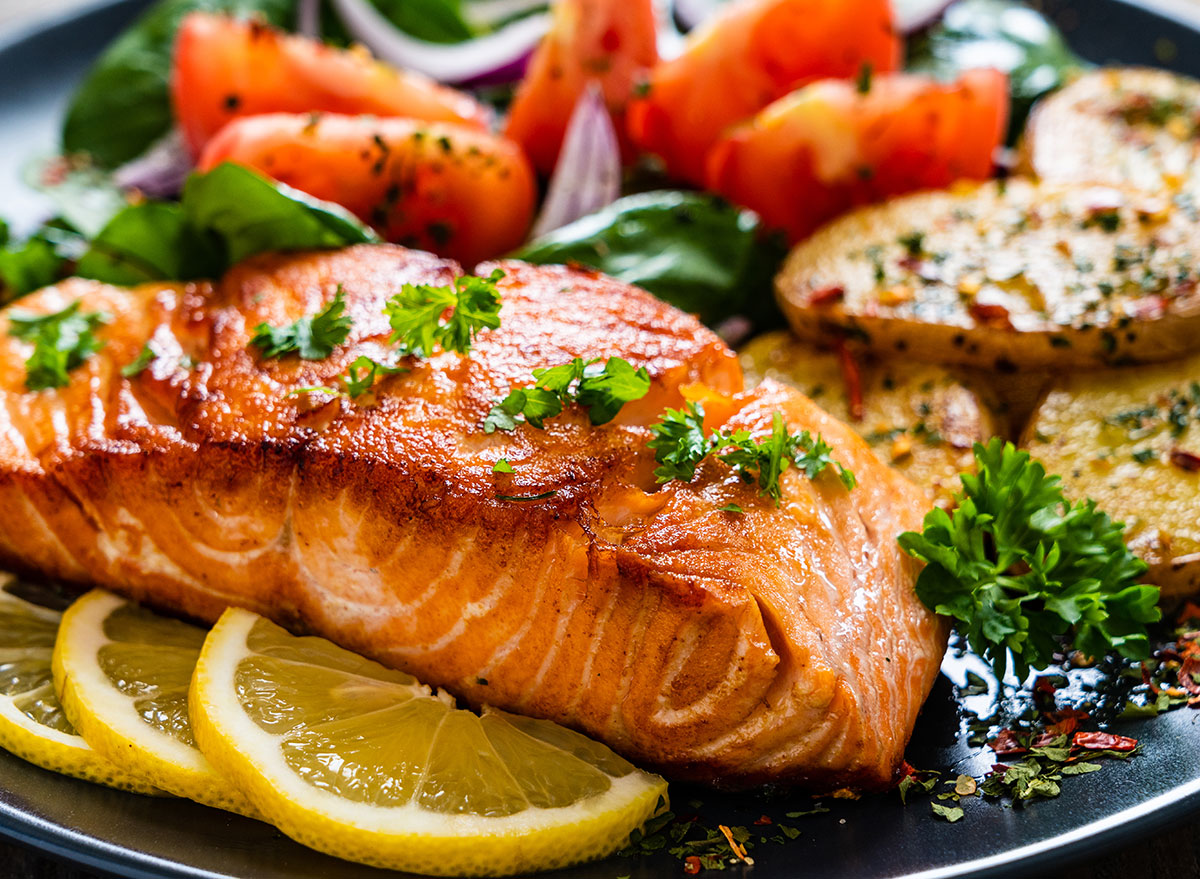
Vitamin D is readily available to us through sunlight, but it's a little bit harder to obtain from food, especially if you don't eat fish or animal products very often.
This is because the best food sources of vitamin D are fatty fish (salmon, herring, sardines, tuna), cow's milk, beef liver, and some cheeses.
"Salmon has some of the highest vitamin D amounts, with 526 IU, or 66% of your daily value, per 3.5-ounce piece (about 100 grams)," says Goodson.
She also notes that wild salmon typically has a higher vitamin D amount than farmed salmon, although you can get it from both.
If you don't eat fish or other animal products, it is still possible to get vitamin D from mushrooms, although you'll only get about 4 IU per 1/2 cup or about 1% of your daily value.
"Another note about mushrooms is that they provide vitamin D2 but not D3," says Goodson, "and while it is still good for you, vitamin D2 may not always raise vitamin D levels like vitamin D3 does."
READ MORE: The #1 Best Vitamin D Supplement to Take, Says Dietitian
What about supplements?
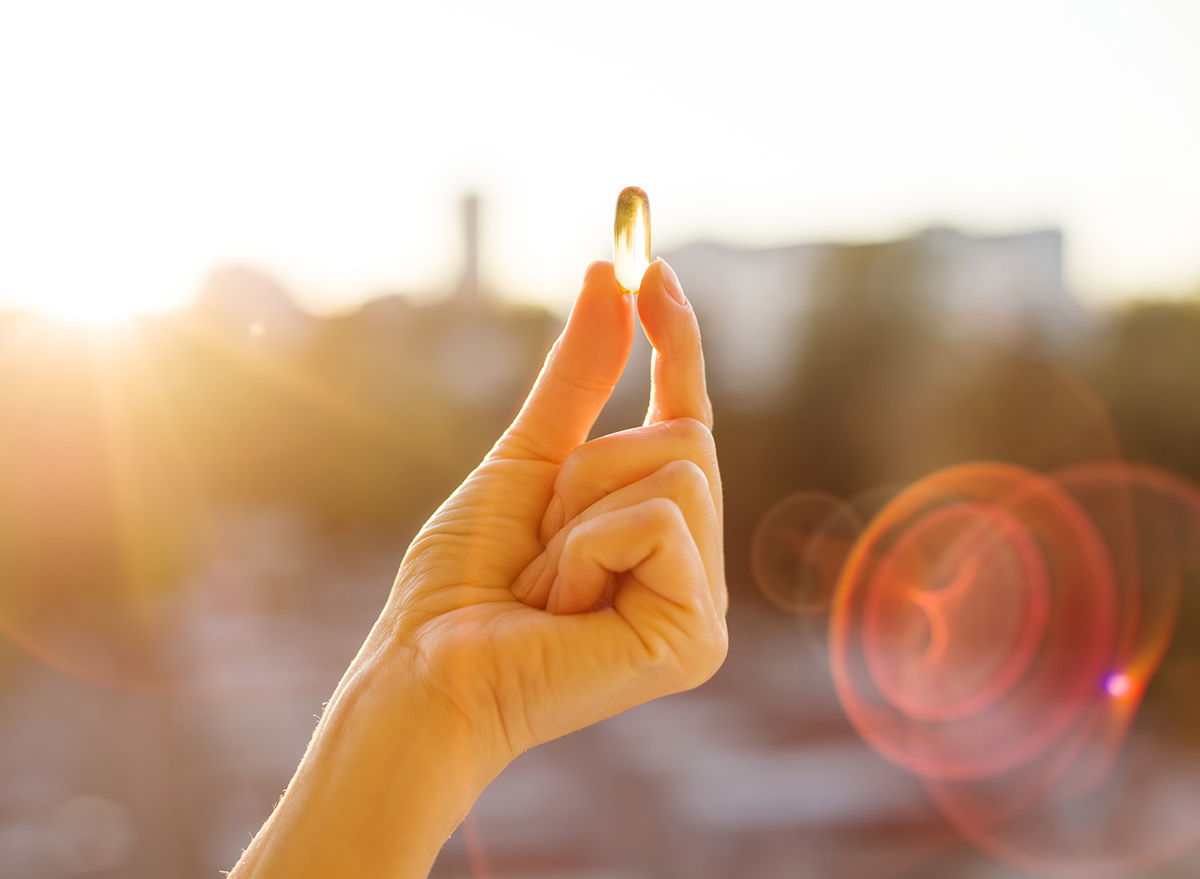
People may choose to get their vitamin D from supplements if they don't eat fish or don't spend enough time in the sun.
In an average vitamin D supplement, there are usually around 2,000 IU (500 mcg) of D3. Although the recommended daily amount is at least 800 IU, the National Institute of Health says that taking more than 4,000 IU can become harmful.
So, if you are going to supplement your vitamin D, it's best to consult your doctor and make sure to monitor how much you are taking.
For more healthy eating news, make sure to sign up for our newsletter!
Read these next:
- Sure Signs You're Lacking Vitamin D
- One Major Effect Vitamin D May Have in Preventing Breast Cancer, New Study Says
- The #1 Best Food To Eat For Calcium, Says Science
